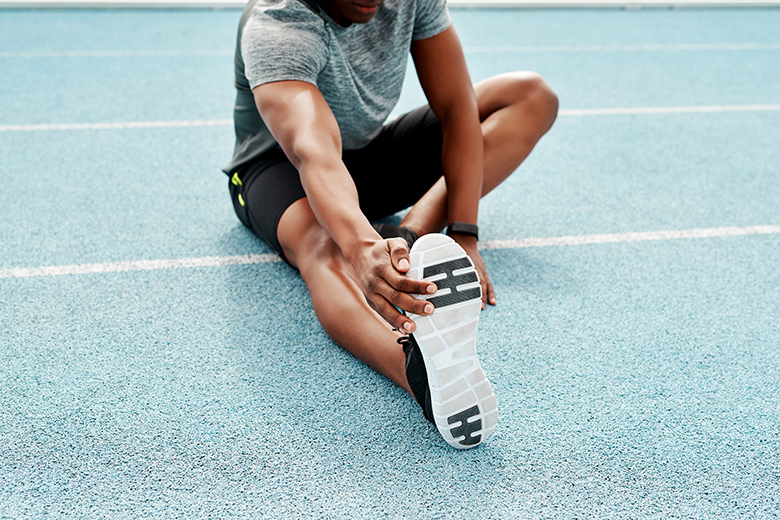Some people wear muscle soreness as a badge of honour but usually it’s more of a hindrance than a real sign of progress. After all, delayed onset muscle soreness (DOMS) can affect your range of motion, put off your return to exercise and even limit everyday activity. Being able to avoid this type of effect is the true performance booster.
So why do muscles get sore?
When you hit the gym or do any unfamiliar, repetitive activities that load your muscles in new ways, it creates stress on the muscle fibres and connective tissues and that causes micro-tears that are repaired during recovery.
This is what helps build stronger muscles, but it also causes inflammation which is the body’s way of rushing resources to an affected area.
DOMS typically disappears within 24–48 hours, but if your muscles have been especially stressed, it can last longer. Your pain should be noticeable but not so uncomfortable or limiting it affects joint movement and overall mobility – so if you’re struggling to sit down or brush your teeth you’ve probably pushed it too far.
So how can you avoid muscle soreness?
1 Foam Rollers are your Friends
While there are study’s that suggest that post-exercise foam rolling may not be ideal for addressing exercise-induced muscle damage, there may be benefits when rolling is done before a workout as part of a warmup. Similar to dynamic stretching, it can be used to help improve range of motion and flexibility, and provide a cue for the body that prepares it for more high-intensity activity.
2 Slow and Steady
Another big cause of DOMS is going too hard too fast while training. This often happens when someone is enthusiastically starting a new type of workout or wants faster results in endurance or strength training.
It’s when injuries happen.
You might find yourself feeling good near the end of your planned workout, so you decide to push it and challenge yourself. You know you’re going to feel it the next day. Create a workout plan that has specific goals and benchmarks, so you can see how you’re progressing rather than trying to feel progress deep in your muscles and avoid the aching stiffness.
3 Stretch it Out
Stretching is always a good way to warm up and cool down muscles, and it’s a great way to ease potential soreness. Just make sure you’re using the right stretches.
Remember: dynamic before, static after.
Stretching to warm up muscles and joints before a workout should involve dynamic stretching, which means incorporating movement into the stretches.
After exercise static stretches help cool down the muscles. This involves coming into a stretch and holding it without moving for a few seconds.
4 Stay Hydrated
Staying hydrated is good for everything from losing weight to boosting energy, and it’s good for preventing muscle soreness too. Why? Because dehydration reduces blood flow to muscles and can also cause electrolyte imbalance, which can contribute to more muscle soreness later.
Just to be clear, some muscle soreness is natural, and it is an indication you’re putting stress on your body in a good way so don’t expect to never feel a bit achy again. But making sure that inflammatory response is appropriately controlled and minimised can keep you training strong — and staying away from pain relievers.




Leave a reply